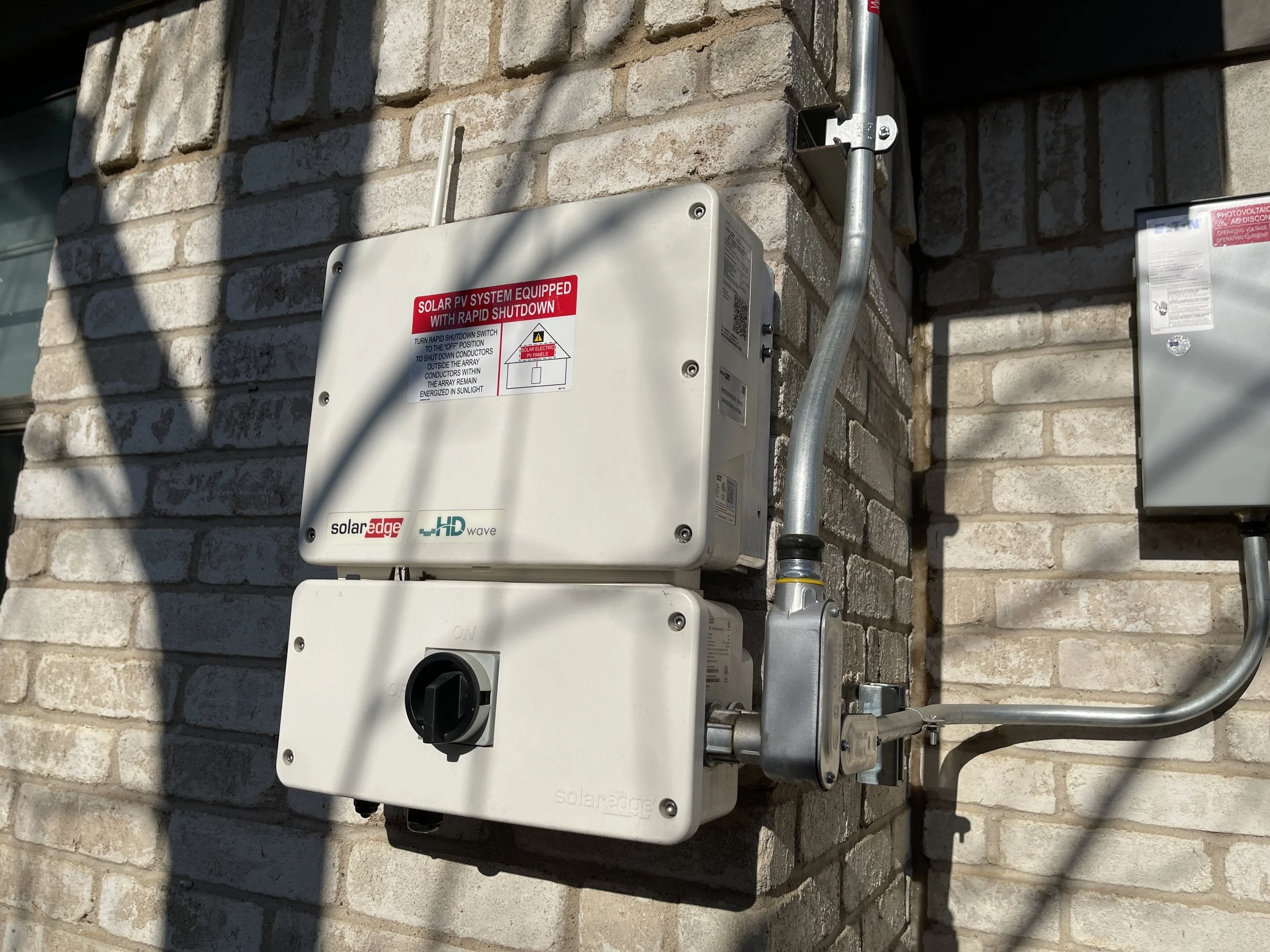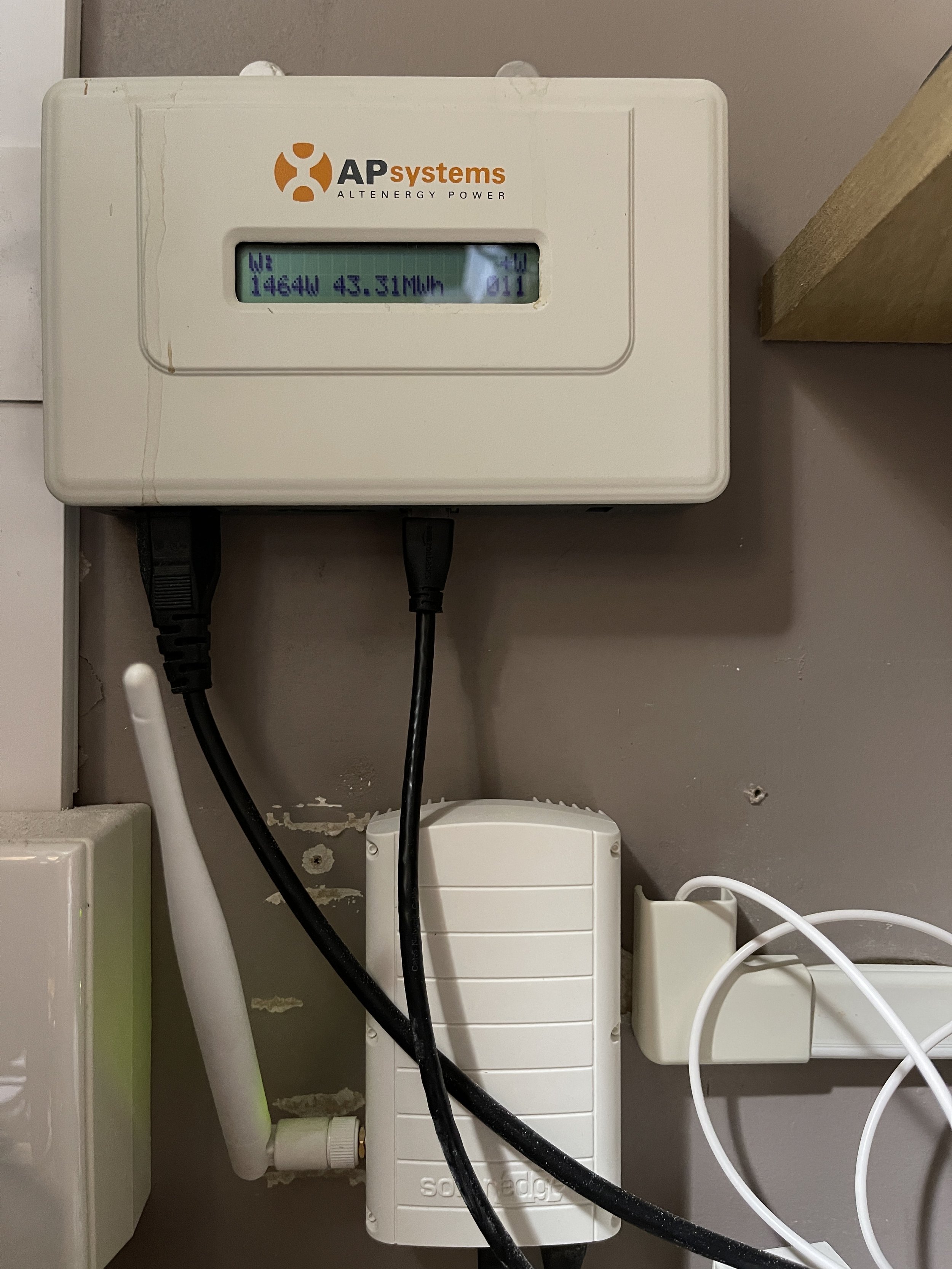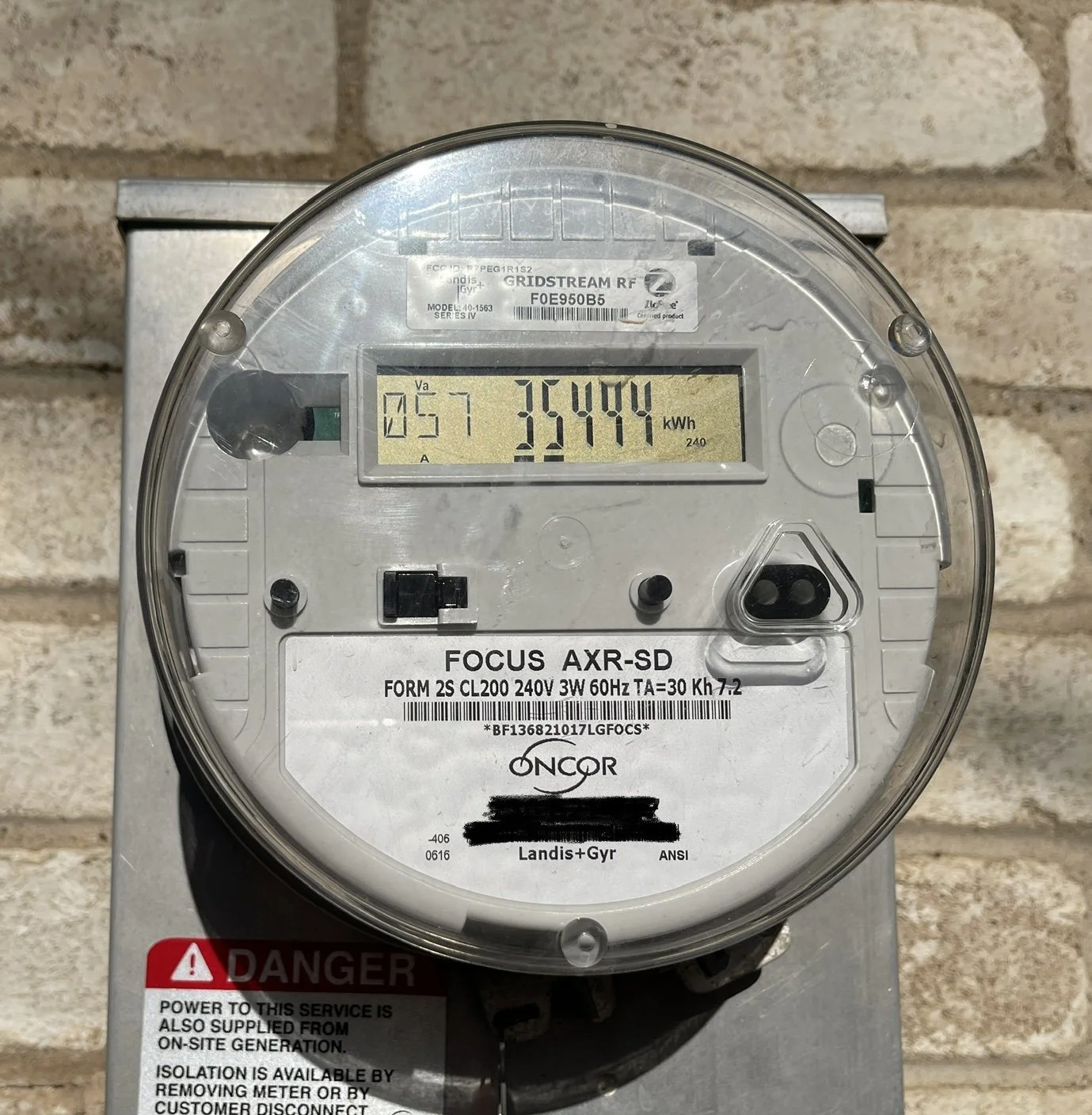Solar House Prep and Vendor Choice
Before we get too far into the weeds of explaining the next steps in my solar journey, I wanted to cover a few things I’ve learned along the way. These are things to prepare for when getting your house ready and choosing a vendor that can be quite important, which is the theme of this part of the solar series. Be sure to read part one of my series for a bit more background on the system.
Do Your Homework
When I say do your homework, that is meant both literally and figuratively. You need a clear picture of how much energy you currently use year around, and how much sun your property gets.
Check the property. It is important to note what trees block your roof, and how much sun various sections of your roof gets on a seasonal basis. I do recommend using sites like Project Sunroof (mainly good for the US and Mexico) but bear in mind they are not going to be 100% accurate. My house showed up as “probably not viable” when the opposite is true. But it does at least give you an idea of usable sunlight per year. If you have a steep and angled roof and your south-facing house is in the northern hemisphere, the back part of your roof might not be a great place to mount panels and have them fully productive. If trees block your roof for half the day, you might only get a few short hours of high production from your panels. If the tree is old and needs to come down, maybe it’s time. A tree that covered part of our roof was somewhat old, but we elected to simply remove the dead limbs and in general trim it back (and keep it trimmed back). We loved the tree almost as much as we loved the birds that nested in it annually, and as a green family it seemed too cruel to cut down an entire tree!
Study your power usage. Reviewing old electric bills helps. These typically show the amount of kilowatts used in a month, the current rate per watt, and often include a graph with your energy usage (or at least how much you’ve spent). With this you can begin to scope out your potential needs. We learned fairly quickly as the potential vendors starting asking questions as they got extremely specific about electric usage. When we were ready for our second round of panels, we had all of those numbers calculated before we even contacted anyone, and it saved a lot of time.
Check the roof. Your roof needs to be in good shape. Before we could consider solar panel installation, we had to install a completely new roof - it was taken down to the rafters, and the roofing company was informed that we wanted to use solar panels so they opted for slightly thicker and sturdier panels. We were “fortunate” that a hail storm had damaged the roof enough the previous spring that insurance covered the cost, but if you look up and see parts of your roof sagging, it won’t hold the panels and the solar panel installers may refuse to install until it is repaired or replaced. For the second round, we extended the roof over the front porch, giving us a nice place to put a bench with some shade, but it also gave us more room for panels. We made sure the same thick boards were used. Side note: Solar panels will hold up under hail far better than your roof will, so having them up there actually provides better roof protection.
Understand the rules and regulations. Research on what your state, county, and city will and will not allow. In the city of Arlington, Texas where I am located, residential dwellings must be connected to the grid. I cannot go “off grid”. For batteries for storing solar power I’ve collected, there are numerous rules for where the batteries can be physically located and how much spacing is allowed around them. The rules can change quickly, so check back fairly often.
Notify your HOA. If you’re in a Home Owners Association (HOA), check on regulations for your neighborhood. Some pricey HOAs limit things like exterior paint color choices and even tree placement or removal. Most will not outright ban solar panels themselves, but if you’re felling trees for more sunshine you might have to repaint that siding that can now be seen from the street or face the wrath of the HOA. Or who knows what else? If you’re in an HOA, ask. Fortunately our HOA is pretty lax, so we were fine. Side note: If your solar vendor rewards you for referrals, pass on something at the next HOA meeting or get it added to the newsletter to use your referral code - you’re helping yourself and the planet.
The breaker panel. Do you know what every breaker in your breaker panel does? Don’t trust what’s written on the panel itself. Map it out completely. A detailed map will especially come in handy in the event of planning for your battery system.
Your electric company. Ask your electric company what their policy is on putting excess power onto the grid, if they buy the excess, give you credit for it, and even allow it. As I mentioned in the first solar panel blog post, I live in Texas with multiple electric providers to choose from. When shopping for the second round of panels, a quick review of the four main electric providers for our city revealed that only two offered buy-back of power. The larger of the two, TXU Energy, had a better rate for importing power (slang for pulling power off of the grid), but exporting power (slang for putting excess power from your solar panels back onto the grid) was a lower rate. The other one, Green Mountain Energy, had the same rate for importing and exporting, which made it fair. I’m on Green Mountain right now. Also note, if you have an existing plan with your electric company that is desirable, strongly consider all aspects before switching to a new plan they’re offering. Sometimes there might be a feature like no monthly credit cap on exporting on your existing plan, and that attractive new plan with the great rate is enticing but it comes with monthly credit caps. I have an older plan that I like and if I switch to a new one I cannot go back, and all of the new ones have credit caps.
Use a Local Vendor
When researching solar vendors, figure out where they are located. If you live in Iowa and the company you contact is based in California, chances are they are not going to understand the area or the local ordinances. Many will give you a quote over the phone or in an email reply fairly quickly, and then dump the project onto a local contractor who has to deal with potentially a mess. Oh it can be done that way, just expect delays and additional costs as a result.
I’d also avoid a package “deal” from the power company. Your electric provider might offer you a great deal with financing, but you will be locked into hardware from a manufacturer that made a deal with that power company, and the deal might not make as much sense financially. There is often a package deal that locks you into a plan rate with credit caps, and if you do the math you might discover you’re giving your electric company free power that they resell!
A local vendor will understand state and county regulations including those specific to your city if you’re in an urban setting. They could be vendor agnostic, although many work out deals with specific vendors. Ask why they use one particular vendor over another, and pay attention to the answers - particularly things where they discuss reliability, performance per dollar, or vendor quality. They should also know which components work well with other components - you’d be surprised how many puzzle pieces that could make up a solar setup are simply incompatible with each other.
A perfect example of this happened quite recently when I was talking to solar vendors about battery systems. One offered a great deal and wanted to send over a contract for me to sign via DocuSign and get a down payment, with promises of “you’ll be 100% off the grid when we’re done!” All of this happened during the initial phone call. They clearly had no idea that I could not go off grid in my city, and made all of these promises without setting foot in the house. And even though I called a local number, when I asked the person on the phone where they lived, they said California.
Smart Stuff
Guess what? Nearly everything you install - panels, inverters, even the new meter on the side of the house - will be a “smart” version. For the security professional such as myself, this is an eyeroll at best, and a major network weakness at its worse. The best thing you can do is either patch things as best as you can and cross your fingers, or do what you can to isolate the various components.
Vendors will typically install some type of device that gathers data from the local equipment, which then shares that data to a vendor’s website. These devices will usually have a locally accessible web interface with no HTTPS, and use wireless in the most insecure way possible. For peace of mind I’d recommend getting them on their own network with nothing else, and locking that network down as best you can.
I have a UniFi network and it was easy enough to isolate Internet access for the two data collection devices down to their own WiFi network with a hidden SSID, their own VLAN, and restricted outbound access for NTP and firmware updates only. They can’t even talk to any of the other VLANs. I can access the data from the devices from the main network VLAN, but that’s it. Otherwise these devices with their buggy and ancient protocol choices are isolated, and if they were a danger to my home network, it is mitigated.
Conclusion
You really need to research things up front before making the solar plunge. Some of the lessons I’ve learned have been the hard way, and I could have saved money had I made more informed decisions. Even then there have been a few bumps in the road.
In the next blog post in this series, I expect things to go one way, and they go another way.





